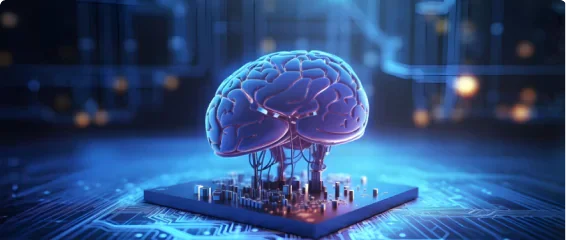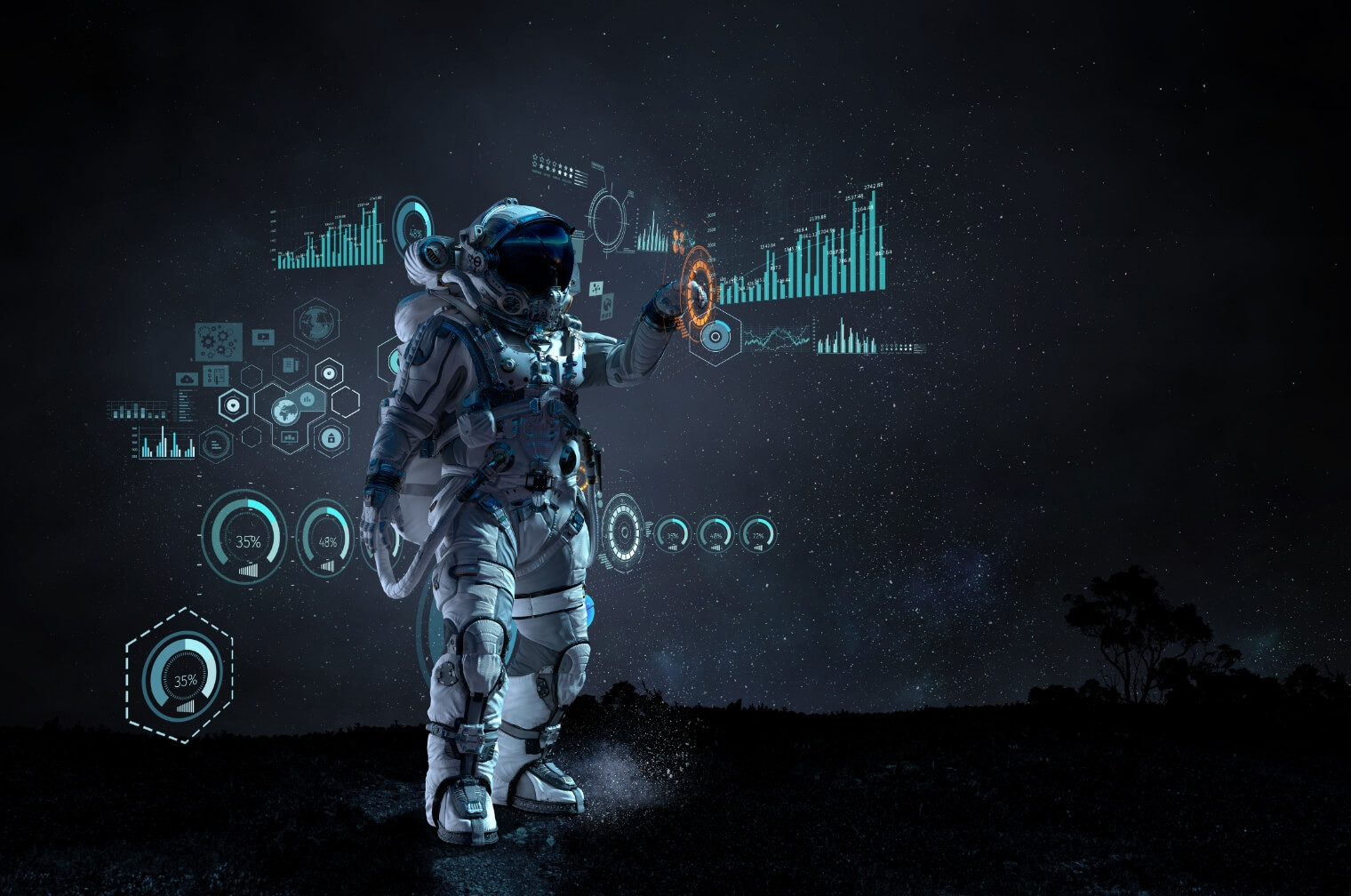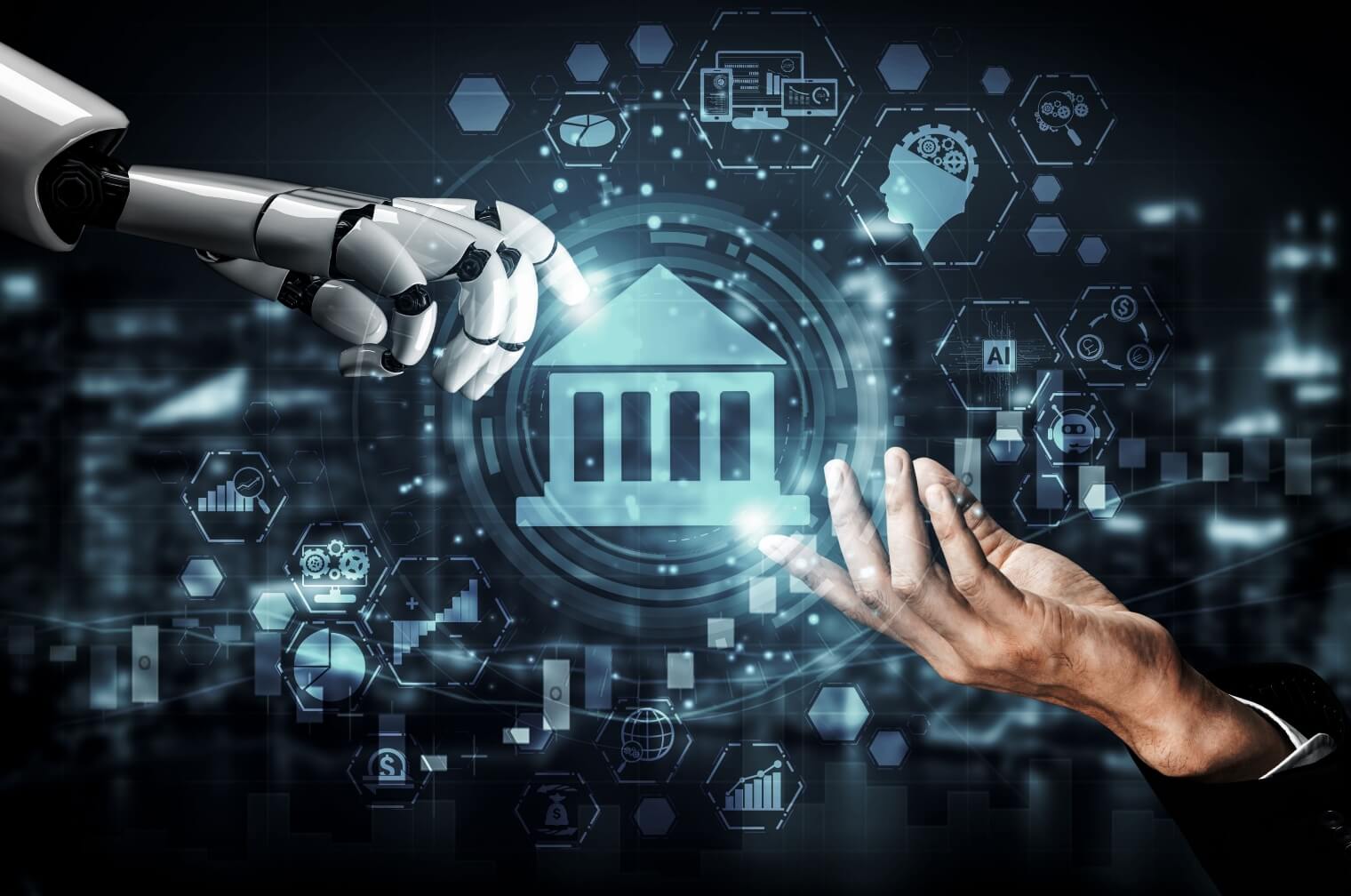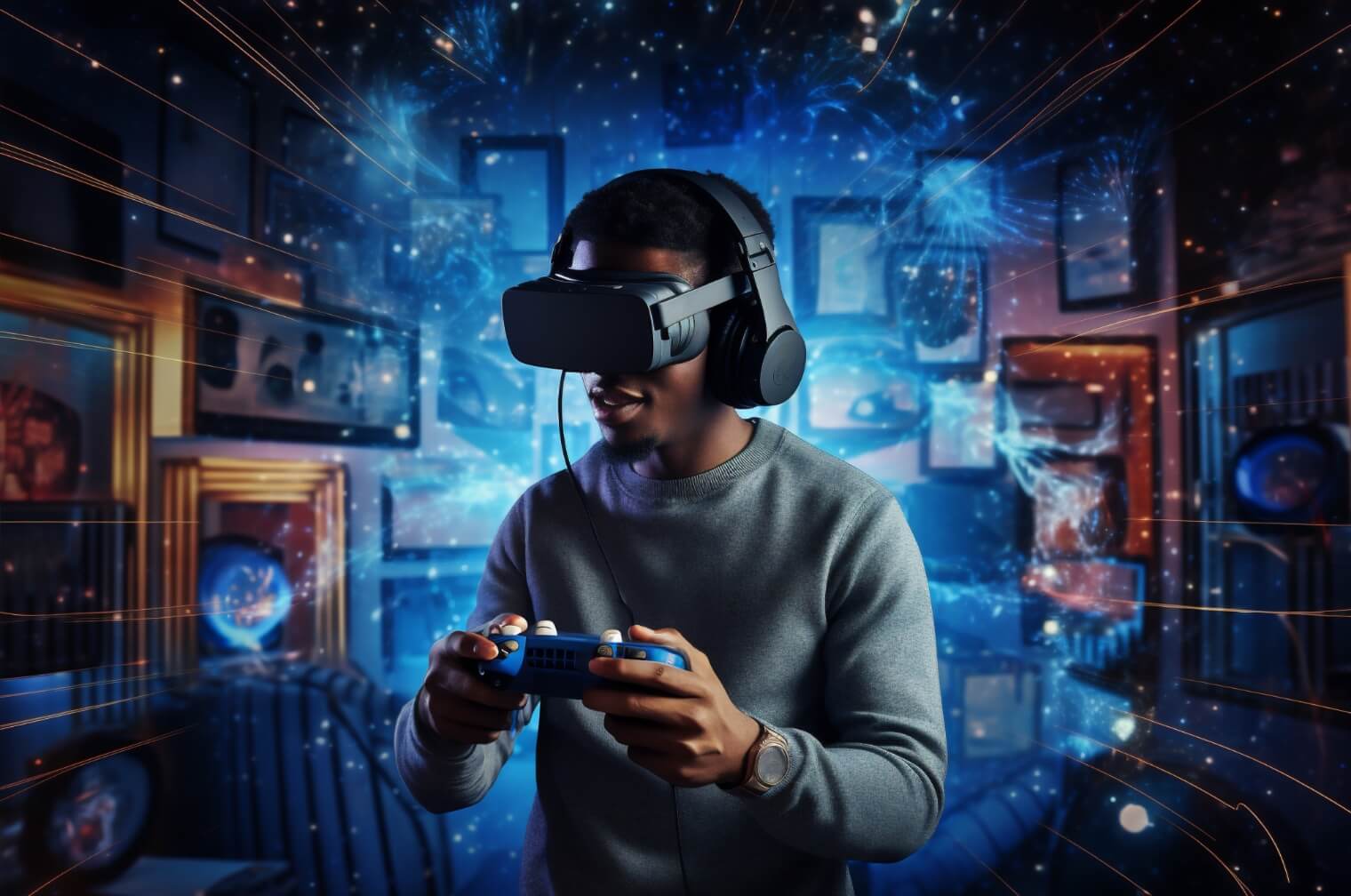Machine Learning and AI for revolution of Tech Companies are changing and streamlining businesses.
In recent years, AI-powered video analysis and processing techniques have made it possible to automate tasks that were once time-consuming and labor-intensive.
From content recommendations tailored to individual preferences to the creation of hyper-personalized video content, AI has opened up a world of possibilities.
Let us dive into the blog and learn how AI video production is changing the content creation industry.
Understanding traditional video interaction
Traditional methods of video interaction have formed the foundation of video consumption for years and have become deeply ingrained in our viewing habits.
Exploring conventional methods of video interaction
Traditional video interaction allows users to click on a video thumbnail and press the play button to start playing the video, providing both visual and auditory experience.
While watching a video, users can pause or stop it at any time, and they also have control over the volume to adjust their viewing experience based on their preferences.
Users can manually scrub or drag the video timeline to navigate to specific points within the video, allowing them to skip forward, rewind, or find particular scenes.
As the benefits are going ahead, traditional video interactions also have limitations.
Limitations of conventional methods
Traditional methods provide limited options for personalization, often relying on platform recommendations or manual searches based on titles or keywords.
Determining the content of a video requires manual analysis and reliance on metadata. Users have to rely on titles, thumbnails, and video descriptions to determine if a video matches their interests, which can be time-consuming.
As technology evolves, these limitations are being addressed by integrating AI-driven advancements in video interaction. AI-driven recommendation systems offer personalized content suggestions, making video discovery more efficient and tailored.
The integration of AI in video interaction
Artificial Intelligence (AI) integration has brought about transformative changes in video interaction, significantly enhancing how users engage with video content.
AI’s capabilities enable real-time video analysis, recognition, and interpretation, revolutionizing the traditional video consumption experience.
AI’s role in enhancing video interaction
- Personalized Content Recommendations: AI-powered recommendation systems analyze user behavior, preferences, and viewing history to suggest videos aligned with individual interests.
This level of personalization enhances engagement and aids in discovering new content.
- Automated Content Tagging and Metadata: AI algorithms automatically analyze video content to generate descriptive tags, captions, and metadata.
This simplifies content search, making videos more accessible and discoverable.
- Enhanced Search Accuracy: AI enables semantic search, allowing users to find videos based on their actual content rather than relying solely on metadata.
This improves search accuracy and relevance.
- Video Summarization: AI-driven video summarization extracts key highlights and important moments from videos, offering users a quick overview without watching the entire content.
AI video production tools example
Several AI video production tools and technologies were used to automate and enhance various aspects of the process.
Pictory
Pictory is an AI in video production that allows you to easily create and highlight high-quality videos without any experience in video editing or design.
All you have to do is provide a script as the base for your video content, and that’s it. You can create captions, summarize videos, edit videos by changing your texts, and save, download, and share videos.
Synthesys
Synthesys is a leading company developing algorithms for text-to-voiceover and videos for commercial use. Synthesys helps in enhancing video content by providing 69 lifelike human avatars, 140+ languages and 254 unique styles, and an easy-to-use interface.
You can produce a high-quality video by typing your script and choosing an avatar and style.
Deepbrain AI
The Deepbrain AI video production tool can easily create your AI-generated videos using script and Text-to-Speech features in 5 minutes or less.
You can create a new project and start with your own PPT template or choose one of the starter templates. Manually type in or copy-paste your script, select the appropriate language, AI model, and finish editing.
You can export and share the created video.
HeyGen
HeyGen is a video platform that will help you create engaging business videos easily with generative AI.
This AI product video generator allows users to turn text into professional video directly from the browsers in a few minutes.
You can record and upload your real voice, choose from 300+ voices to create a personalized avatar or type in your desired text.
Rise of AI and its impact on various industries
Artificial Intelligence (AI) has emerged as a transformative force, revolutionizing numerous industries across the globe.
Its ability to analyze vast amounts of data and make informed decisions has led to significant advancements and improvements in various sectors. Here’s a glimpse of the impact of AI on different industries:
Healthcare
Diagnosis and Treatment: AI aids in diagnosing diseases and conditions by analyzing medical images, such as X-rays and MRIs, with high accuracy.
Medicine Discovery: AI expedites medicine discovery by analyzing complex molecular interactions and predicting potential drug candidates.
Patient Care: AI-powered tools assist in personalized patient care, treatment recommendations, and remote monitoring.
Finance
Risk Assessment: AI enhances risk management by analyzing vast financial data and predicting market trends.
Fraud Detection: AI algorithms identify unusual patterns to detect real-time fraudulent activities.
Algorithmic Trading: AI-driven algorithms execute trades based on real-time market data and complex trading strategies.
Manufacturing
Predictive Maintenance: AI in Manufacturing monitors equipment data to predict maintenance needs, minimizing downtime.
Quality Control: AI systems inspect products for defects with precision, ensuring high-quality production.
Supply Chain Optimization: AI optimizes supply chains by analyzing demand patterns and providing efficient logistics.
Entertainment and media
Content Recommendation: AI recommends movies, music, articles, and other content based on user preferences.
Content Creation: AI generates news articles, artwork, and music compositions.
Video and Audio Analysis: AI identifies copyrighted material and monitors content distribution.
The impact of AI extends far beyond these examples. AI solutions are now permeating nearly every industry, driving innovation and progress. As AI technology continues to advance, its influence is expected to deepen even further, creating new possibilities and fundamentally reshaping how we live and work.
Conclusion
Automated content tagging and transcription enhance accessibility by providing captions and searchable metadata. AI can also analyze video content to extract key moments, reducing the need for manual content analysis.
These advancements are ushering in a new era of video interaction that is more personalized, accessible, and efficient than ever before.
Frequently asked questions
No, ChatGPT cannot create videos. It is a language model designed to generate text-based responses.
AI and ML can potentially automate and enhance various aspects of video editing, including color correction, scene detection, and even automated storytelling.
Yes, AI can make videos with the help of deep learning algorithms and computer vision techniques.
As AI algorithms continue to improve, they can generate realistic and high-quality videos, automate repetitive tasks in the production process, and even assist in creative decision-making.
AI is changing video editing in several ways. It can automate time-consuming tasks, such as video summarization, object tracking, and removing unwanted elements from footage.









